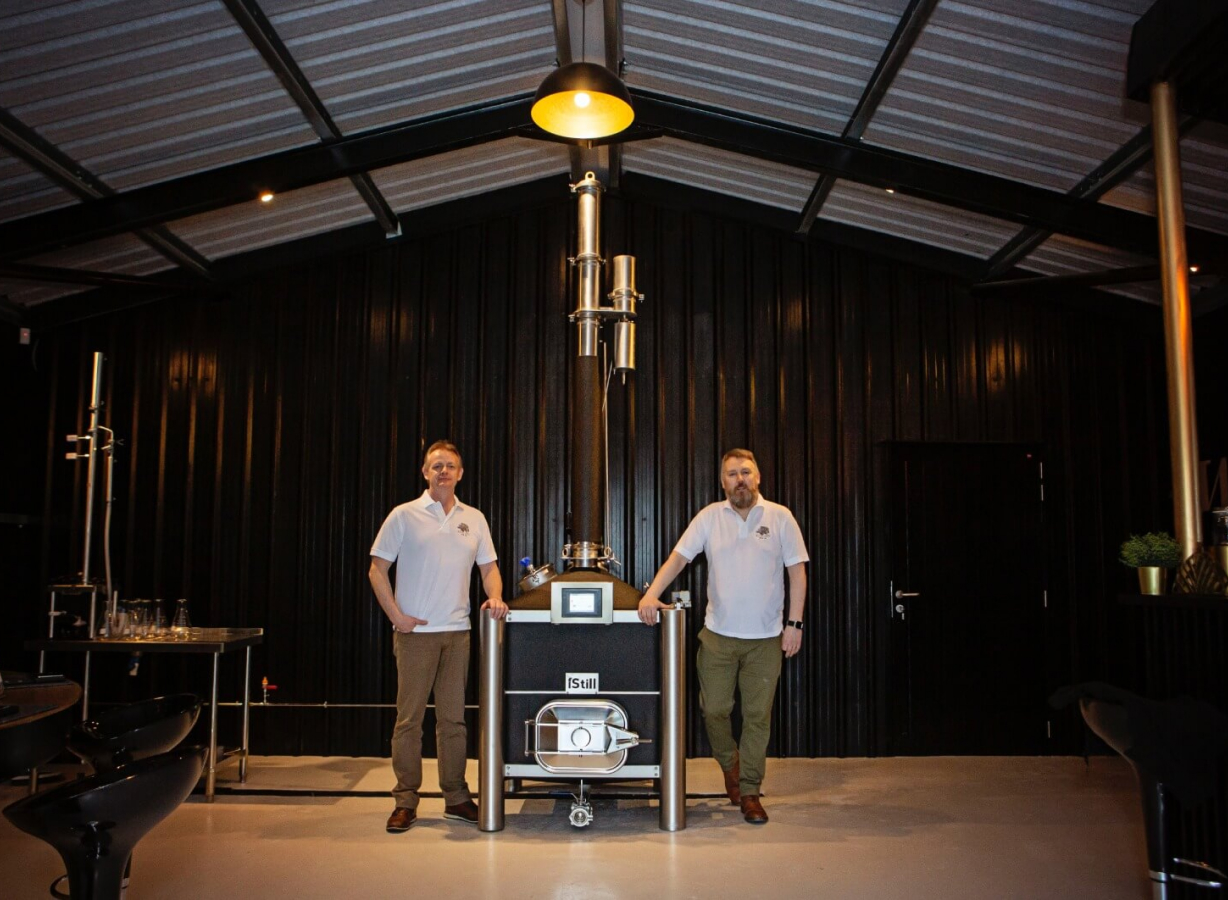
ISTILL DISTILLERY EQUIPMENT
We design and manufacture modern, game-changing, 21st century technology for craft distillers.
- Lifespan of 20 years
- No need to hire additional staff
- Whole distilling process is automated
- Cleaning in 5 minutes instead of two hours
- 100-5000 liter boiler size
I want to
CHECK OUT OUR STILLS
ISTILL EQUIPMENT

Tradition
PotStill Column
The potstill is well suited for flavor rich spirits and for those that love the extra labor of double or even triple distillation runs. Whisky, Cognac, heavy rums.
Read more

EVOLUTION
PLATED COLUMN
The plates in this type of column function as tails traps. This makes the iStill Plated Column a good alternative for those spirit categories that can do without tails smearing, such as fruit brandy, and some families of Irish whiskey and Bourbon.
Read more

REVOLUTION
HYBRID COLUMN
The iStill Hybrid column can be operated as a potstill, giving you all the flavor a more traditional potstill would give you, but with the benefit of doing so in just a single distillation run. All the benefits, none of the drawbacks. It excels at whisky, cognac, gin, rum, and vodka.
Read more

852
Distilleries
2500
+
Students
7
+
Years in business
Not convinced? We have more

BECOME A CERTIFIED CRAFT DISTILLER
ISTILL UNIVERSITY
The iStill University is considered the best education platform in the distilling industry. Rating a 9.8 out of 10. Do you want to become a student of distillation?
Get Instant Access To The University
